Mining
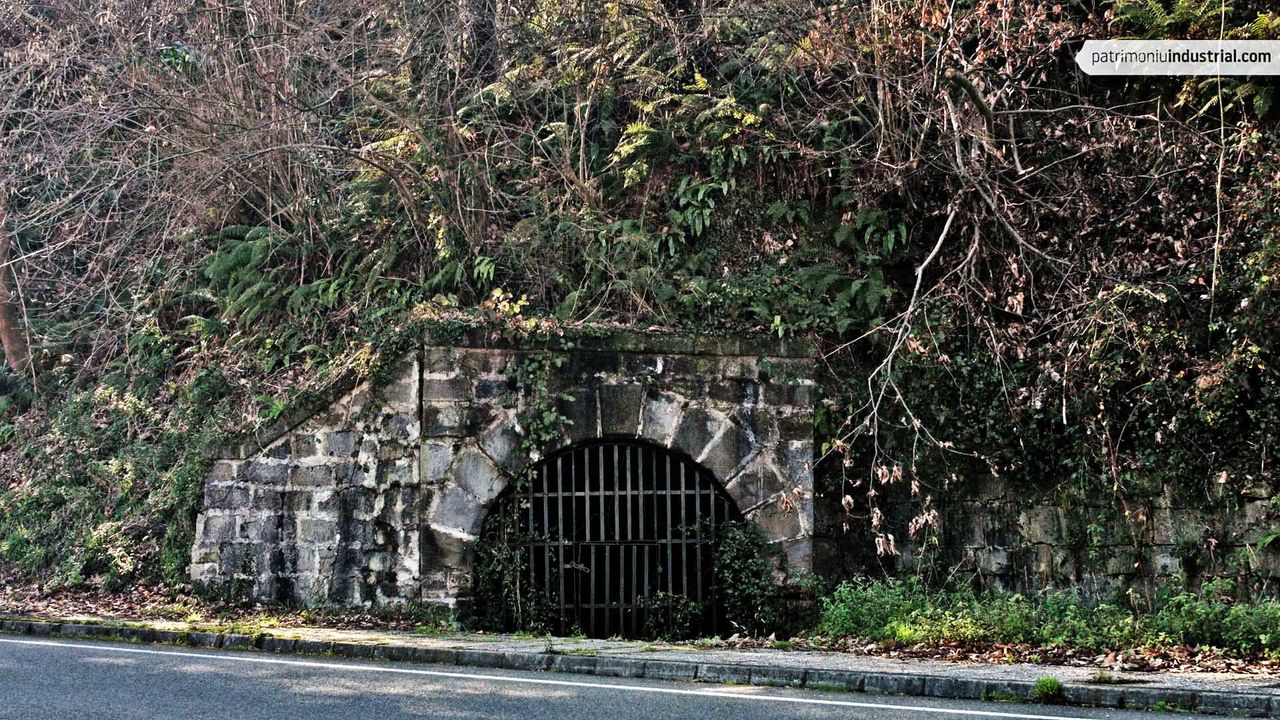
362089606
Sallosas Adit
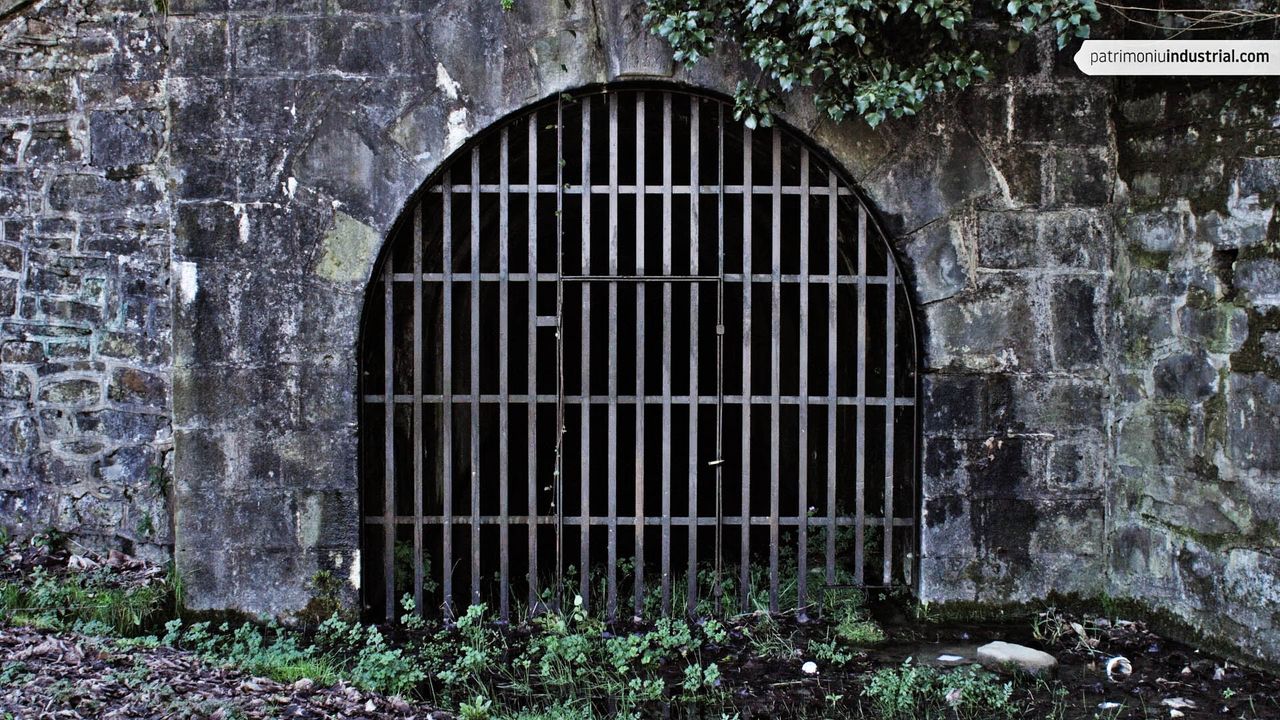
340485832
Generala Adit
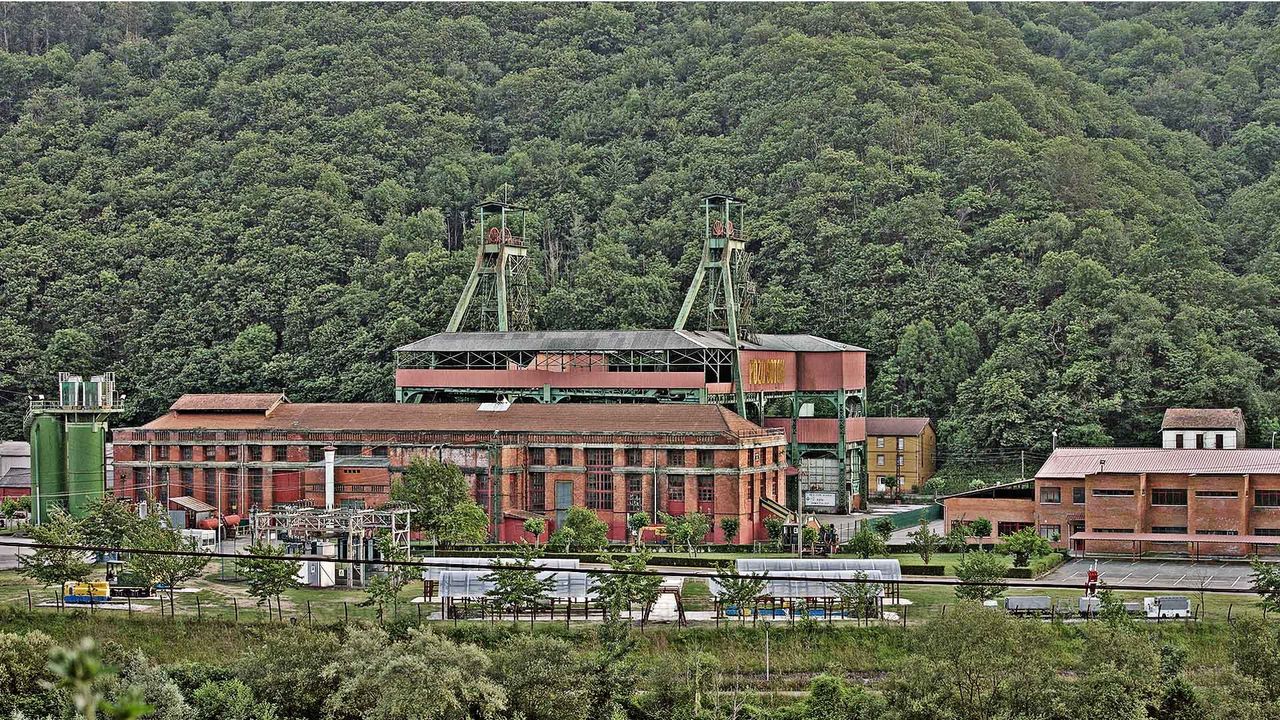
340488948
Sotón Mine

340487775
El Sotón Adits
The expectations created by the concession for what was to become the Langreo Railway stimulated a veritable fever to register and exploit coal deposits. This was especially the case in the sector located between Sotrondio and El Entrego, where some concessions such as Generala and Sallosas appeared.
From 1848 onwards, different companies exploited the El Sotón reserves, such as the Sociedad Minero Cántabra de Santa Ana, later Hulleras de Santa Ana, and finally Carbones de Santa Ana. This meant the partial entrance of the Herrero family into the business together with Gaspar Martínez, a forgotten but decisive mining entrepreneur of the second half of the 19th century. By the end of the 1870s, the Banca Herrero banking company took control of the company to modernise its operations, extend the railway branches and incorporate steam-powered technologies. In 1902, Sociedad Metalúrgica Duro Felguera (SMDF) took over all these reserves, which, together with those of Unión Hullera in 1906 and those of Felgueroso Hermanos in the following decade, made Duro Felguera the leading coal mining company in the country. Owned by SMDF, the Sotón area continued to grow, enabling the development of the Sotón Mine, the company's largest shaft which would eventually replace the mountain mines from 1926 onwards.
The adits in the Sotón mine shaft, accessible from the road leading towards Oviedo, are not only the heirs of this complex business process, but also valuable examples of the evolution in the treatment of the old mountain mine openings. Those known as Sotón Antiguo correspond to the first ones created in the facilities and present simple irregular stone slabs, which contrast with the Nueva adit, one of the first detailed ones created by Duro Felguera, in 1907, already with stone ashlar in the voussoirs. The Sallosas and Generala adits owe their current appearance to some renovation works carried out in 1934 and 1940, which were necessary to serve the Sotón Mine: the former served as an entrance to the mine shaft, and the latter for ventilation and as an entrance for mules through its inclined shaft. These two adits show the definitive style of Duro Felguera in the treatment of its mine openings, using a large keystone and masonry walls.

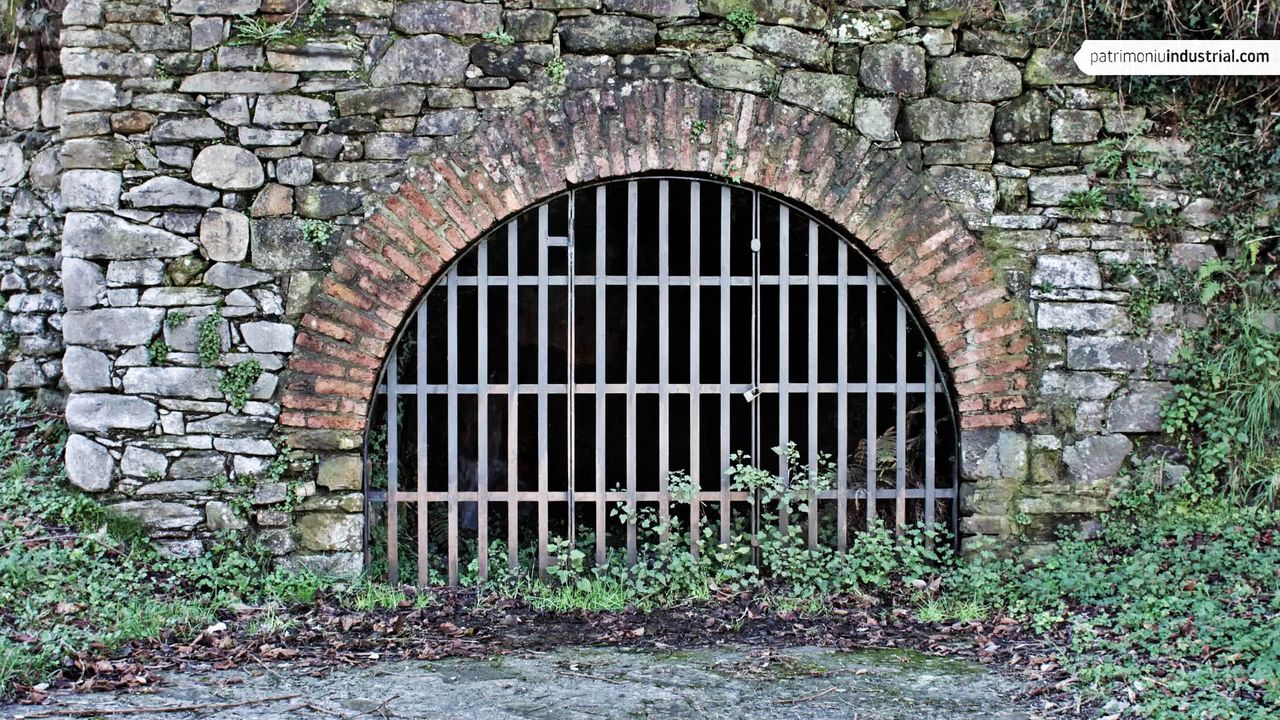

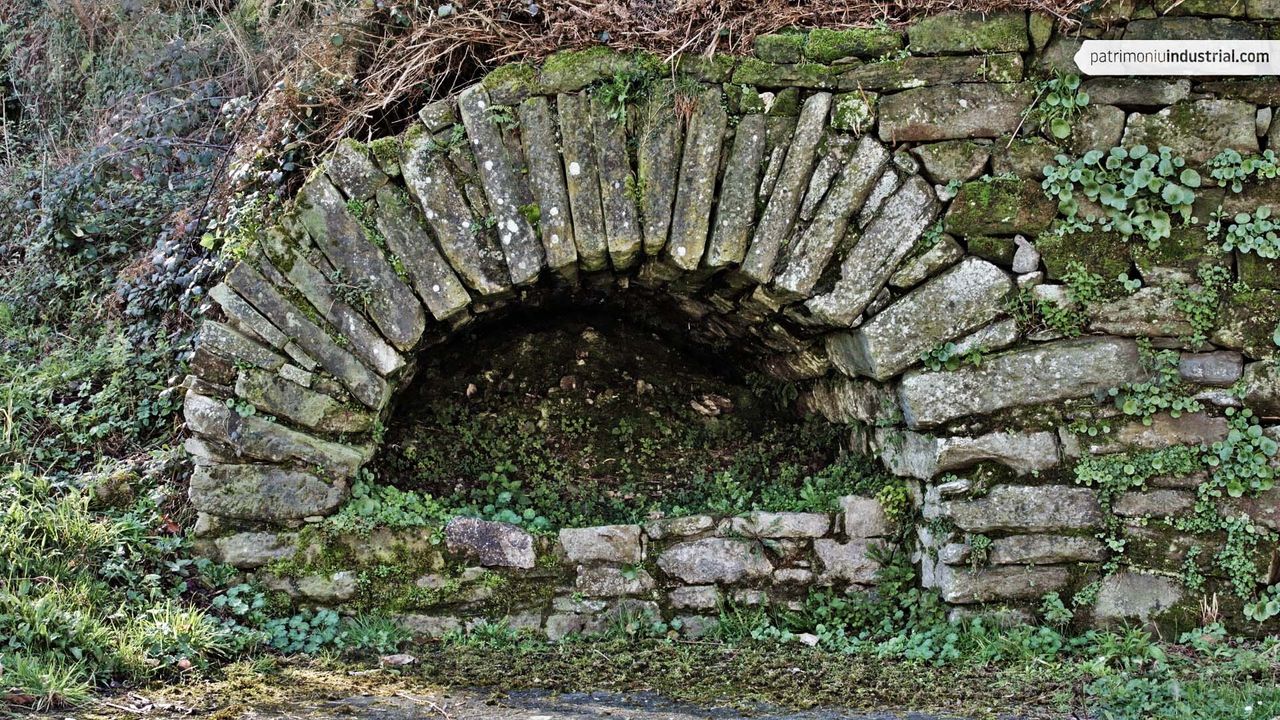
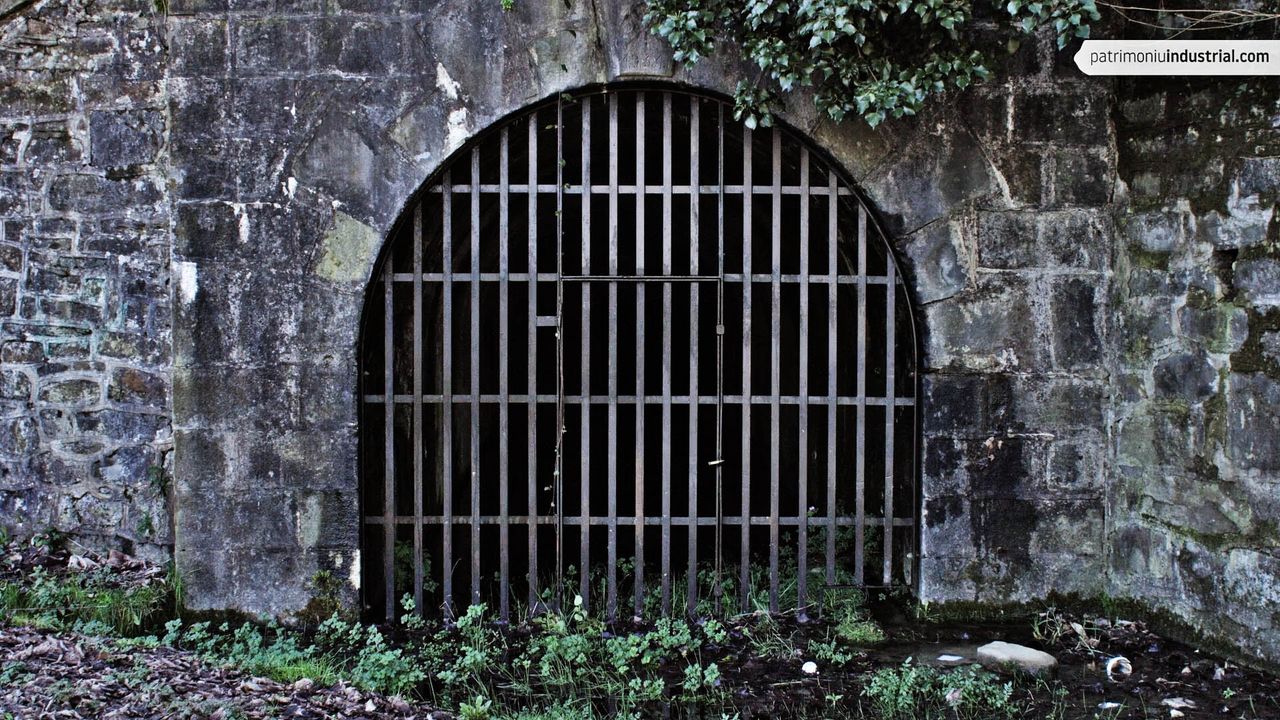
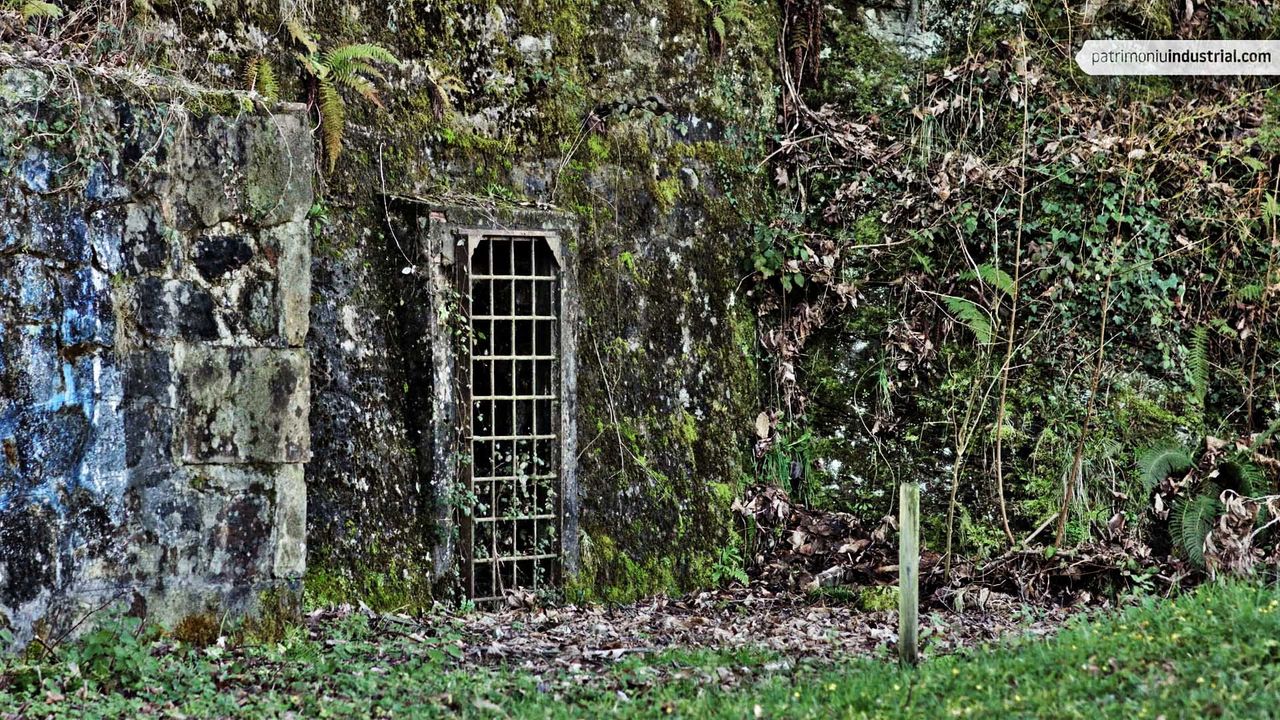
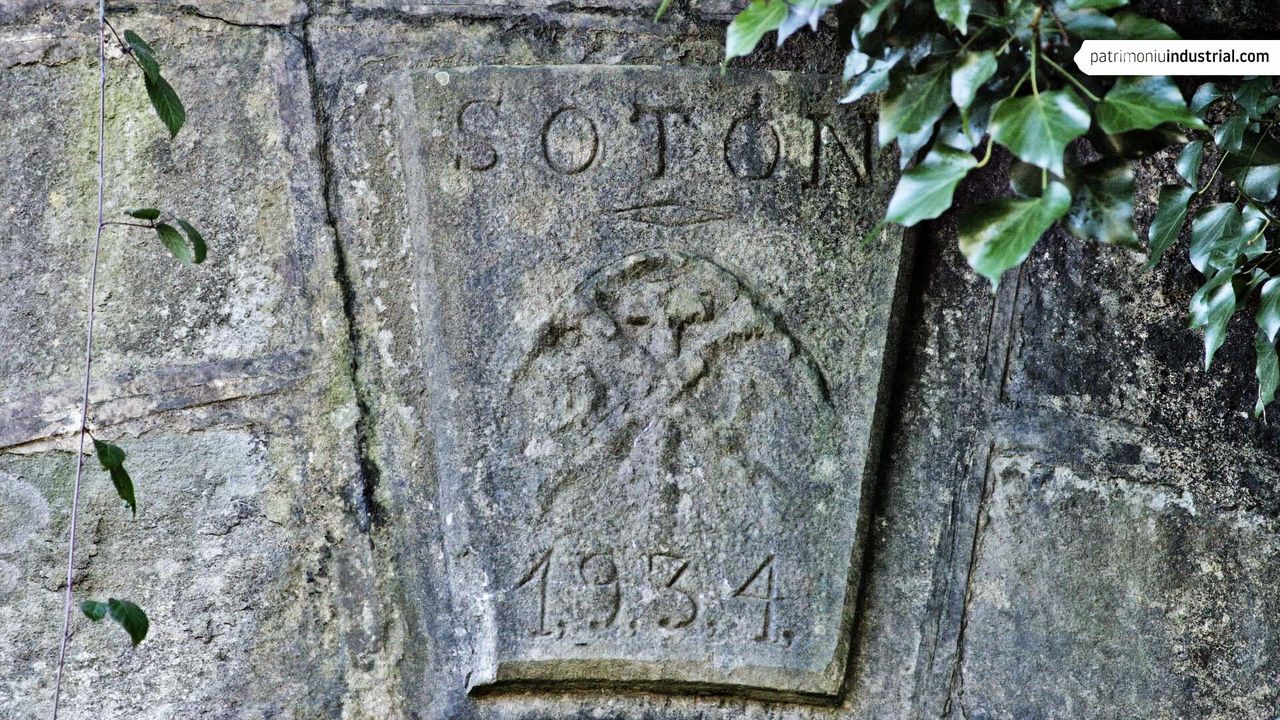


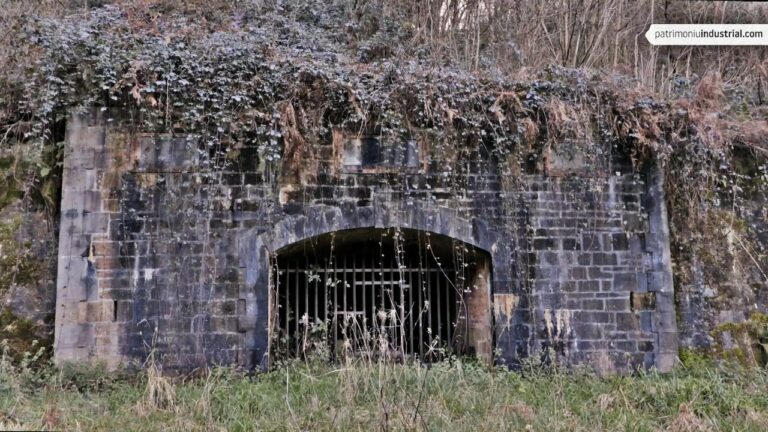
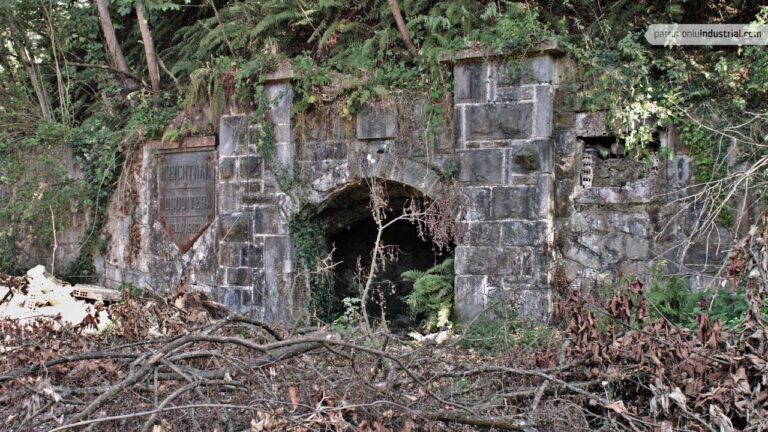
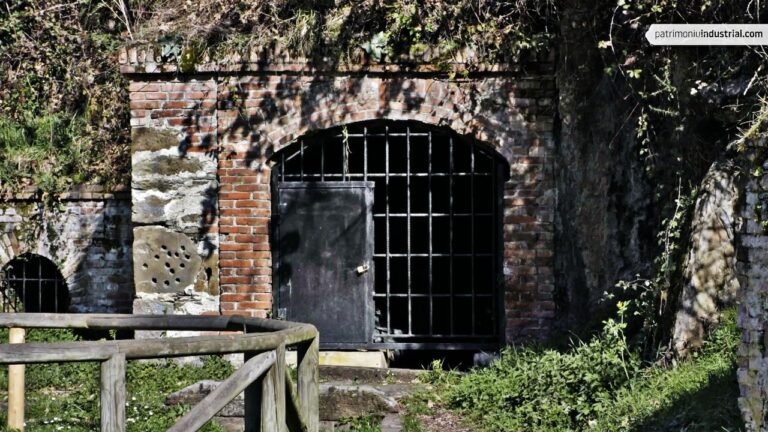

Recent Comments